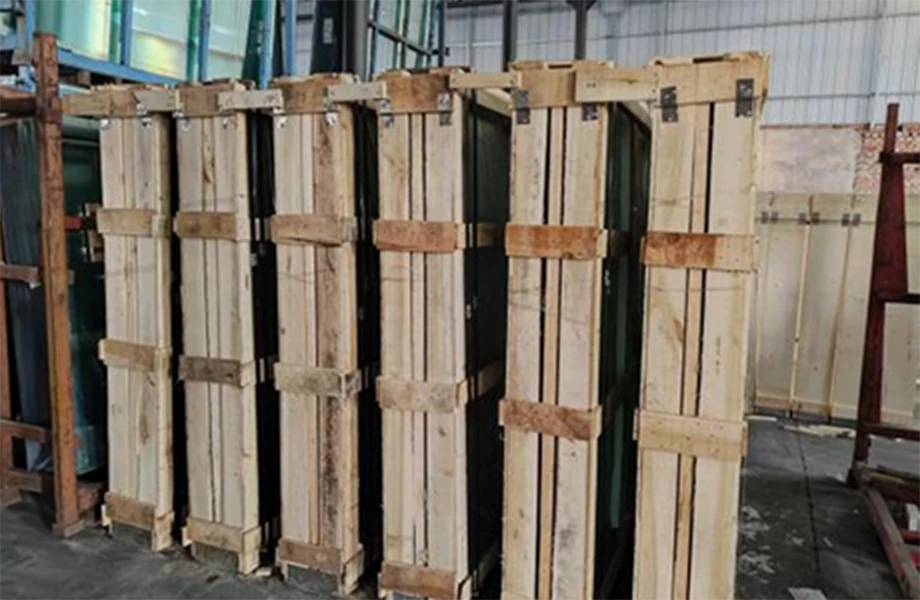Jan . 01, 2025 18:24 Back to list
Translucent Glass Panels for Modern Interior Design and Aesthetic Enhancement
The Allure of Translucent Glass Panels A Modern Architectural Marvel
In contemporary architecture and design, translucent glass panels are emerging as a favored material, providing a delicate balance between aesthetics, functionality, and sustainable design. These panels have not only revolutionized the way spaces are rendered, but they also redefine our interaction with light and the environment. Let’s explore the captivating features, practical benefits, and innovative applications of translucent glass panels, illuminating why they are becoming increasingly popular among architects and designers around the globe.
Aesthetic Appeal
Translucent glass panels offer a unique aesthetic charm that can enhance both interior and exterior environments. Their ability to filter natural light creates a soft, diffused glow that transforms spaces into serene havens. Unlike traditional opaque materials, which can make areas feel closed off and dark, translucent glass allows for an interplay of light and shadow, adding depth and dimension to rooms. This quality not only beautifies spaces but also contributes to a calming atmosphere, making it an ideal choice for homes, offices, and public buildings alike.
Furthermore, the variety of finishes and textures available in translucent glass provides designers with endless possibilities for customization. From frosted patterns to tinted shades, there is a myriad of options that can significantly impact the visual and tactile experience of a space. This versatility allows architects to create unique designs while fulfilling functional requirements.
Natural Light and Energy Efficiency
One of the most significant advantages of translucent glass panels is their ability to harness natural light, which has proven benefits for psychological well-being and productivity. Research indicates that access to natural light can enhance mood, improve focus, and promote overall health. By utilizing translucent glass panels, designers can maximize daylight penetration, effectively reducing the need for artificial lighting during daytime hours.
Moreover, these panels can contribute to energy efficiency. When designed thoughtfully, translucent glass can help regulate indoor temperatures by minimizing heat gain and loss, ultimately reducing heating and cooling costs. In recent years, advancements in glass technology have produced energy-efficient options that include insulating properties, ensuring that spaces remain comfortable while being environmentally friendly.
translucent glass panels

Innovative Applications
Translucent glass panels have found a diverse array of applications across various sectors. In residential design, they are often utilized for sliding doors, partitions, and windows that offer both privacy and light. They can define spaces without creating the confinement associated with solid walls, making them an ideal solution for open-concept homes.
In commercial settings, translucent glass is utilized in office partitions and conference rooms, fostering collaboration while maintaining a sense of separation. Retail spaces have also embraced this material to create eye-catching displays that intrigue customers without compromising the interior ambiance. Additionally, translucent glass can be found in public structures such as museums, schools, and hospitals, where it can enhance natural light while ensuring privacy and comfort.
Sustainable Design Choices
As sustainability continues to be a paramount consideration in modern architecture, translucent glass panels align with eco-friendly design practices. Many manufacturers offer glass products that incorporate recycled materials or contribute to building certifications such as LEED (Leadership in Energy and Environmental Design). Furthermore, the use of translucent glass contributes to a building's overall energy efficiency, reducing its carbon footprint.
Conclusion
Translucent glass panels are not merely a design choice; they embody a philosophy of blending functionality with beauty and environmental responsibility. Their capacity to enhance natural light while providing privacy and comfort makes them an invaluable asset in modern architecture. As more architects and designers recognize the potential of this transformative material, we can expect to see a growing trend that will undoubtedly shape the future of our built environments. Investing in translucent glass panels is not just about aesthetics; it's about creating spaces that resonate with the spirit of modern living while embracing the natural world around us.
-
Safety and Style with Premium Laminated Glass Solutions
NewsJun.24,2025
-
Reinvents Security with Premium Wired Glass
NewsJun.24,2025
-
Premium Float Glass Line for Modern Architecture
NewsJun.24,2025
-
Low Emissivity Glass for Energy-Efficient Architecture
NewsJun.24,2025
-
High-Performance Insulated Glass Solutions for Modern Architecture
NewsJun.24,2025
-
Elevates Interior Style with Premium Silver Mirror
NewsJun.24,2025
Related PRODUCTS














